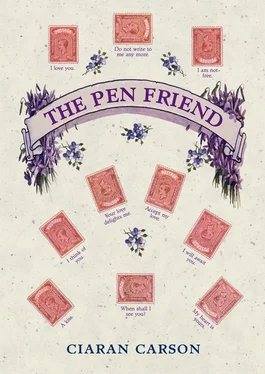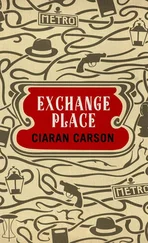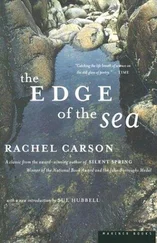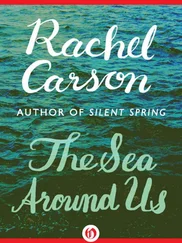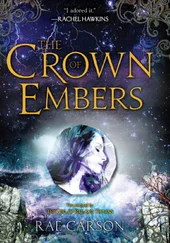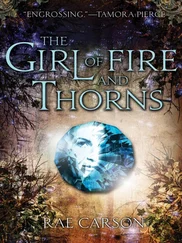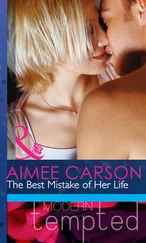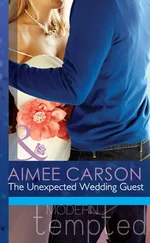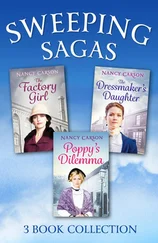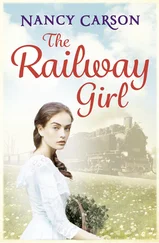You went over and touched the two intertwining doves of the L’Air du Temps stopper. Nineteen forty-eight, you said, March 16th, Billie plays Carnegie Hall, she was released from the reformatory just eleven days before. So you see, your Lalique bottle will always remind me of that, of Billie’s greatest concert. Do all your bottles have memories like that? I asked. Well, they’re all souvenirs of one kind or another, you said. Some of this, some of that. Inconsequential things, sometimes. Business trips even, the little bits of pleasure that happen when you’re somewhere on business, and you manage to escape the business for a while. Well, I don’t know that much about your business, I said, and then you began to tell me.
I work for MO2, you said. You won’t have heard of it. Technically — but unofficially, as it were — we’re supposed to report both to Home Affairs and the Northern Ireland Office, but they leave us pretty much alone. MO stands for Mass Observation, you know the group that was set up in the Thirties? Only vaguely, I said. Didn’t the film-maker Humphrey Jennings work with them? You know, Night Mail ? My father loved the Auden poem that was written for it, and I recited
This is the Night Mail crossing the border,Bringing the cheque and the postal order,Letters for the rich, letters for the poor,The shop at the corner and the girl next door …
And behind my own voice I could hear Auden’s clipped English accent as the steam train trailed its long plume of smoke like writing across the English landscape. My father used to recite the fourth line in a broad Belfast accent, I said, it’s a proper rhyme when you do it that way. Well, it’s near a proper rhyme in Yorkshire too, you said. Anyway, you said, Jennings was one of the founders, it all started off quite by accident. By coincidence. It’s 1936, the anthropologist Tom Harrisson, erstwhile poet, that’s Harrisson with two esses, has a poem in the New Statesman , same issue as a poem by Charles Madge, and a piece by Jennings. Bunch of left-wing intellectuals, some might call them. They begin to collaborate. The ordinary British people have never been looked at properly before, so they begin to observe them. They want to know how things are, so they can make things better. They get other writers and artists on board. William Empson, for one, you know, the Seven Types of Ambiguity bloke. They hire a team of investigators, young middle-class clerks mostly, set them up in a terrace house in Bolton, mix with the working class. The investigators go to the pub, mix in, watch the drinking habits of the men, how often they use the spittoon, that kind of thing. They keep a record of everything, down to the number of pints they drink themselves. The portions of chips they bought at the end of the night, they even used to count the chips in the bag and put that into the record.
Then Harrisson recruits the poet David Gascoyne, Marxist, surrealist, you said, and in a way this is really a surrealist enterprise. And Gascoyne gets them to take on Humphrey Spender, the photographer, brother of the poet Stephen. You know Spender, those classic shots of Bolton, all smog and grit and washing on the line. The famous one, the two little boys peeing with their trousers half-down, and the factory chimneys belching out smoke in the background. Spender felt a little guilty about it all, thought of himself as a snooper, an eavesdropper, which of course he was in a way. Which they all were, for all that they were doing it for the greater good. But no one had done this kind of thing before, and Spender loved the detail, the way the light shone on the cobbles. He’s got a lovely picture, the chromium-plated parts of a Hoover someone had displayed on the mantel of their front parlour.
Mass Observation aimed to focus not only on the people, you said, but the things surrounding the people. Hence the mantelpiece ornaments, men’s penknives, their pipes, their collar-studs, kitchen implements, women’s hatpins, sewing-kits, anything they thought might represent the people. Getting down to the nitty-gritty of dialectical materialism. There’s a file somewhere of button-boxes and their contents, you know the sort of thing your mother might have had, biscuit-tins or tea-caddies filled with odd buttons — and here I remembered sifting through my mother’s Quality Street tin of buttons, buttons of Bakelite and Celluloid, mock tortoiseshell and amber, buttons for blouses and shirts and jackets and overcoats — quite incredible, really, you said, the level of detail they went into.
Anyway, you said, that’s where MO2 got its inspiration from, to begin with. Sometime in the early Seventies, some bright spark in Westminster decides Westminster doesn’t really understand Northern Ireland. This is about the time when the Brits — listen to me talking, and I’m half a Brit myself — decide for once and for all to get shot of Northern Ireland. So the bright spark gets them to set up an MO-type organisation. Of course it’s all done with a nod and a wink. They spend a couple of years putting wheels in motion, recruiting staff, before some other bright spark comes to the conclusion that the original MO methods wouldn’t be entirely appropriate for Northern Ireland. Just think of it, the Bolton people sometimes thought the MO people were spies. Spender nearly got his camera smashed on a couple of occasions. So it’s back to the drawing board, and they come up with MO2. And that’s a misnomer, really, for what they decide to do is not Mass Observation, it’s more like Focused Observation — FO, if you like — because they go for selected groups of people, not the ordinary folk, whoever they might be — and there’s nowt as queer as folk, you said in a stage Yorkshire accent — and not so much the people at the top, but the people they think might rise to the top. The up-and-coming cream, the incipient meritocracy. For this is a long-term project. After so many centuries, what’s another decade or two?
As I wrote these words the Onoto ran out of ink. I’d never got the proper hang of the plunger system; and to tell the truth, though it’s a beautiful pen, it doesn’t quite suit my hand, the nib has just that too much flex for me, and I find it difficult to control, sometimes there’s a wobble to my characters, it would suit you better, you always liked a supple nib, and when I look at your card the writing betrays the weight you give to your downstrokes. So I look into my pen cabinet and select a Conway Stewart instead, a No. 17 in Blue and Black Candle-Flame, and I fill it with blue Pelikan ink that comes in a nice little dumpy round-shouldered Pelikan bottle. The Conway, like practically all of its kind, is a lever-filler, and the gold lever ends in a little round gold shield, just four millimetres in diameter, and when you look at it through a jeweller’s loupe screwed into your eye socket you can clearly see the letters C and S emblazoned on it like a pair of intertwining snakes. The shield is set into a nice little groove in the barrel, which makes it easy to lift the lever with your thumbnail, it’s a very thoughtful ergonomic design. They call it a lollipop lever. Sometimes when the ink is a little low in the bottle you get a sucking noise as the pen fills up, and lollipop sounds right. So now I’m writing with the Conway Stewart, but the Onoto is still at the back of my mind as it lies on the mahogany veneer top of my desk, its colours glowing with an almost hallucinatory intensity in the light of the desk-lamp, russets and ambers like those of a New England fall, and they could easily have called this pattern Turning Leaves, not Tiger’s Eye. But I like the Raj implications of Tiger’s Eye, for the Onoto, after all, was a very Empire pen, its demise as a writing instrument in the Fifties coinciding with the loss of British possessions overseas. I learned just the other day that Onoto have started making pens again, not the original De La Rue Onoto, but a new company that got the rights to the name. They’re making expensive pens for the top end of the market. It’s 2005, they’re bringing out a pen to commemorate Admiral Togo’s victory at Tsushima in 1905, they’re calling it the Admiral Togo pen. And to commemorate Admiral Nelson’s victory at Trafalgar in 1805 — and Togo modelled himself on Nelson, he thought of himself as the Japanese Nelson, he’d studied his tactics at Trafalgar — they’re bringing out a pair of pens, the Horatio Nelson and the Emma Lady Hamilton. So I can never write now with an Onoto without thinking of Tsushima, and the Russian fleet going down in a cataclysm of steam, and of shot and shell, and of the blood running down the decks of the French and British ships, and of HMS Victory , and of Nelson with his one arm and his blind eye, and of Nelson freshly brain-damaged from the Battle of the Nile, meeting Lady Hamilton in Naples under the glow of a restless Vesuvius, of the sultry night, and of their subsequent long correspondence, and of quill pens and penknives and inkwells and pounces and portable writing-slopes, and the hundreds of thousands of words that passed between them. I write this to you, Nina, with the Conway Stewart Blue and Black Candle-Flame as I watch the blue ink of my words flow on to the page.
Читать дальше
